Jack Kirby: The Secret Life of the Comic Book Artist & Spy
‘The King’, as Jack Kirby is known to comic book fans, helped lay the foundation for Marvel’s movie universe.
When CIA officer Tony Mendez was working up a cover story to rescue six American held in Iran, he wanted to disguise them as a Hollywood film crew scouting locations in Tehran as part of an elaborate ruse to sneak them out of the country. They’d need a screenplay and cover art to fool the authorities, however. Luckily writer and inventor Barry Ira Geller was trying to adapt the sci-fi novel Lord of Light into a movie about colonists from another planet.
Geller also wanted to build a sci-fi theme park so he called up Marvel Comics’ Jack Kirby, the legendary artist, writer, and co-creator of Captain America. Together, they created 13 architectural drawings of the theme park’s key structures before the project's financing fell apart.
The movie was never made, the theme park was put on hold, and the script and artwork were shelved. Behind the scenes, however, Geller’s Hollywood make-up artist John Chambers - best known for Planet of the Apes - was working undercover for the CIA. He was the Agency’s ‘Mission: Impossible guy’ who could turn Black men into white men, Geller said. Chambers slipped Tony Mendez the script and Kirby’s sketches in 1979.
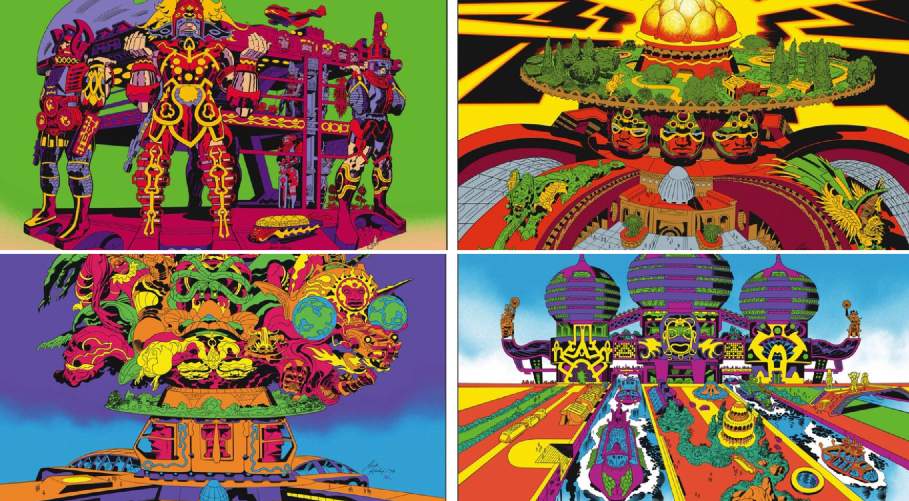
"The brand new social experience where you activate your gaming skills as you train like a spy."
- TimeOut
Take on thrilling, high-energy espionage challenges across different game zones.

From the drawing board to the CIA operation in Iran
The CIA was soon incorporating the Lord of Light screenplay and artwork into a daring Agency rescue operation named ‘Argo’, part of a larger-than-life operation that would be used to save the lives of American hostages sheltering with the Canadian diplomats in Iran. The mission was later turned into Ben Affleck’s Oscar-winning spy thriller Agro (2012).
It wasn’t Kirby’s first brush with intelligence and possibly not his last. Born Jacob Kurtzberg, the native New Yorker’s wildly successful career began in the 1930s and ended with his death in 1994 at age 76. Along the way, he helped create many original characters including the Incredible Hulk, the Fantastic Four, the X-Men, Thor, the Hulk, Iron Man, and Black Panther.
Scottish writer Grant Morrison called Kirby ‘the William Blake of comics’. Kirby was largely self-taught, starting on newspaper comic strips during the 1930s depression. He later moved to Timely Comics (which became Marvel) and National Comics Publications (later DC Comics) creating the foundation for the superhero corporate giants.
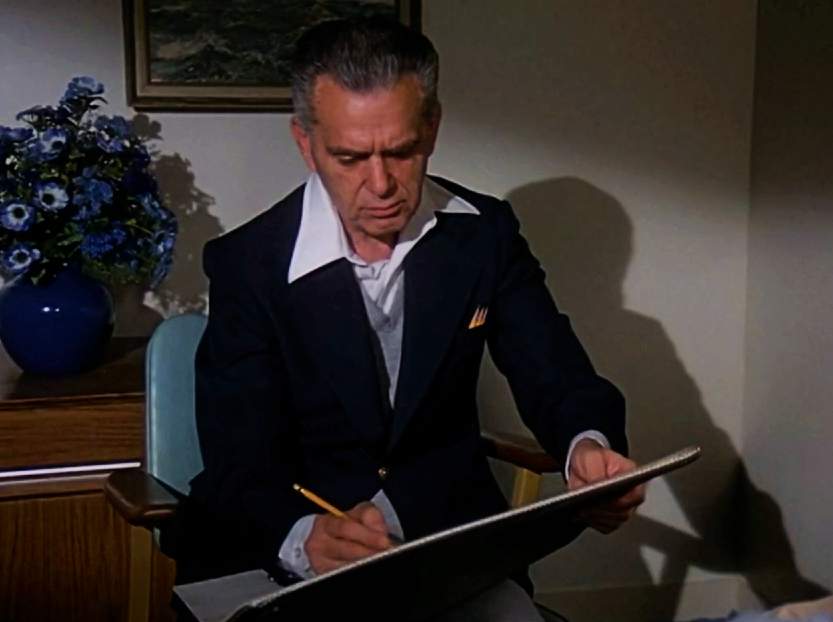
World War II espionage
Born in 1917, the son of two Austrian Jewish immigrants dreamed about drawing his way out of his poor apartment on Manhattan’s Lower East Side. In his 20s, Kirby was drafted into the US Army in June 1943. After basic training at Camp Stewart, near Savannah, Georgia, he landed on Omaha Beach in Normandy, France in 1944 just after D-Day.
A lieutenant, discovering he had a comic book artist in his command, assigned Kirby to be a scout for military intelligence. Kirby’s dangerous job was to advance into towns and draw reconnaissance maps and pictures, essentially sketching out the positions of Axis forces on the front lines in France.
Kirby’s contemporaries, including Alex Toth and Will Eisner, retained their contacts in military circles and made their talents available to the US government when needed, according to the Kirby Museum website. It’s not clear whether Kirby also maintained his ties.
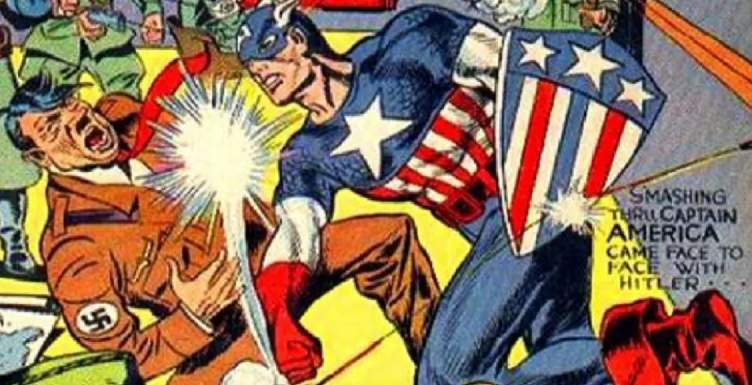
Kirby & Captain America
Like his famous superhero Captain America, Kirby accepted that peace-loving individuals sometimes needed to fight. Captain America was initially known as Steve Rogers, a man rejected by US Army recruiters because of his tiny size. Rogers received a top-secret serum, however, becoming a ‘super soldier’ and Nazi-basher. On the cover of his first Captain America issue in March 1941, he punches Hitler in the jaw.
“Putting Adolf Hitler, a still-living world leader, on the cover of a comic book as the villain was definitely a daring and even dangerous move,” Marvel editor Tom Brevoort told The Washington Post. “Today, this would be like putting Vladimir Putin or somebody on a comic-book cover and vilifying him.”
Both Kirby and co-creator Joe Simon were threatened as a result of their artwork, and New York Mayor Fiorello La Guardia - a big fan of comic books - reportedly pledged to protect them until his death. By the time of the Pearl Harbor attack in December 1941, Captain America Comics was a top-selling title and the superhero and his sidekick Bucky were fighting Axis powers on multiple fronts.

Post-WWII and praise
At the end of WWII in 1945, when Kirby was done drawing European towns and targets for US military spies - and after almost losing his legs to frostbite - he brought his wartime experiences home and used the inspiration for the comics Boy Commandos and Sgt Fury & His Howling Commandos (Nick Fury’s debut).
“Kirby brought a savage dynamism to comics that blew away the stilted compositions of old,” Esquire said.
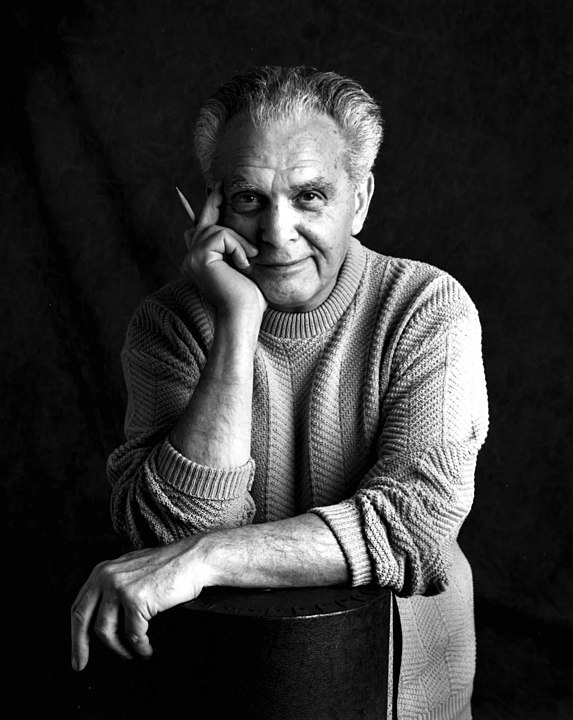
Kirby even influenced The Matrix
“Muscles stretched magically, foreshortened shockingly… Legs were never less than four feet apart when a punch was thrown,” Jules Feiffer wrote in The Great Comics Heroes. “Every panel was a population explosion - casts of thousands, all fighting, leaping, falling, crawling… Speed was the thing: rocking, uproarious speed.”
Kirby’s influence can also be seen in The Matrix and sequels by the Wachowski siblings, who are comics fans, according to The New York Times. “When Neo travels from the outer world of the Matrix to Zion, the world-within-worlds scenarios that Kirby pioneered in comics are visible. These movements are reminiscent of the Negative Zone, a netherworld that Kirby conjured for The Fantastic Four.”
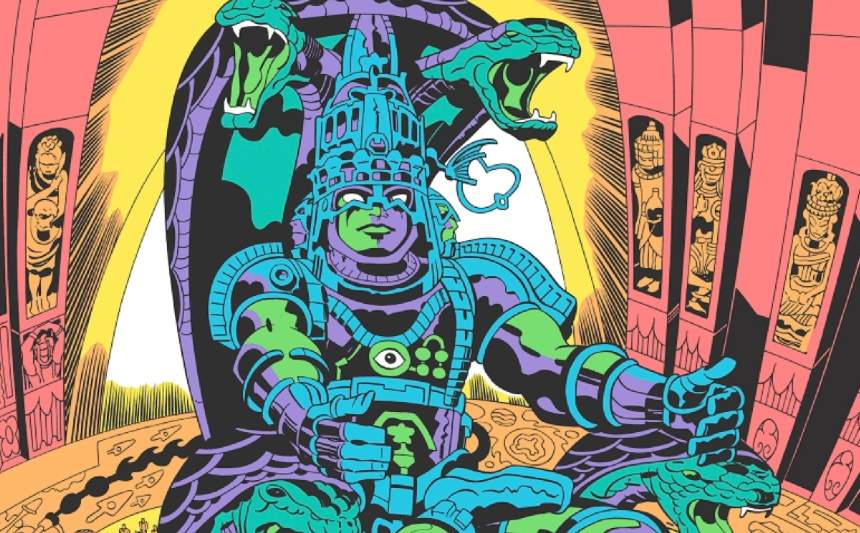
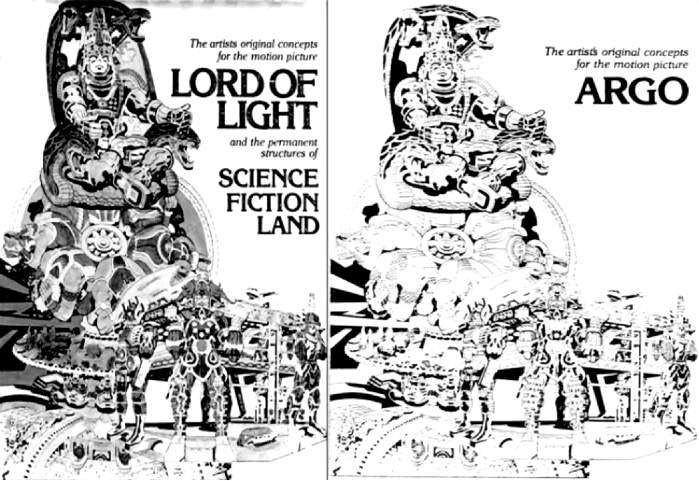
Kirby’s greatest spy mission
Perhaps Kirby’s greatest work was in helping to save the lives of six Americans rescued in Iran. Tony Mendez used his drawings as window dressing and carried Kirby’s art around in a portfolio when accompanying his “film crew” around Tehran.
Kirby’s sketches helped convince Iran’s police and security officials that Mendez and his team really were a Hollywood crew working on a sci-fi movie.
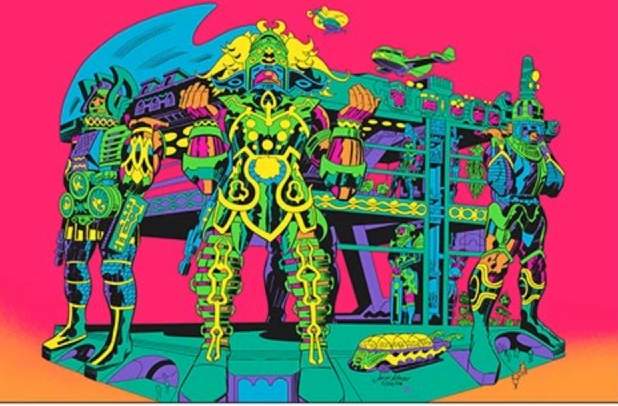
Lord of Light
Geller told Comic Con 2017 that he was interviewed by a group called ‘Sons of the Revolutionaries of Iran’ who confirmed that it was Kirby’s drawings - in particular ‘Terminal of the Gods’ - that really sold the movie cover story to the government. After the Shah relinquished power, they saw the drawings of larger-than-life gods as representative of the return of their national religion.
“It was the perfect script and drawings for Iran's locations in their desert, with bazaars, temples, etc,” Geller said. “Without Geller's Lord of Light script and Jack Kirby's drawings, there would not have been Argo at all.”
SPYSCAPE+

Join now to get True Spies episodes early and ad-free every week, plus subscriber-only Debriefs and Q&As to bring you closer to your favorite spies and stories from the show. You’ll also get our exclusive series The Razumov Files and The Great James Bond Car Robbery!


Gadgets & Gifts
Explore a world of secrets together. Navigate through interactive exhibits and missions to discover your spy roles.
Your Spy Skills
We all have valuable spy skills - your mission is to discover yours. See if you have what it takes to be a secret agent, with our authentic spy skills evaluation* developed by a former Head of Training at British Intelligence. It's FREE so share & compare with friends now!
* Find more information about the scientific methods behind the evaluation here.


Stay Connected
Follow us for the latest
TIKTOK
INSTAGRAM
X
FACEBOOK
YOUTUBE